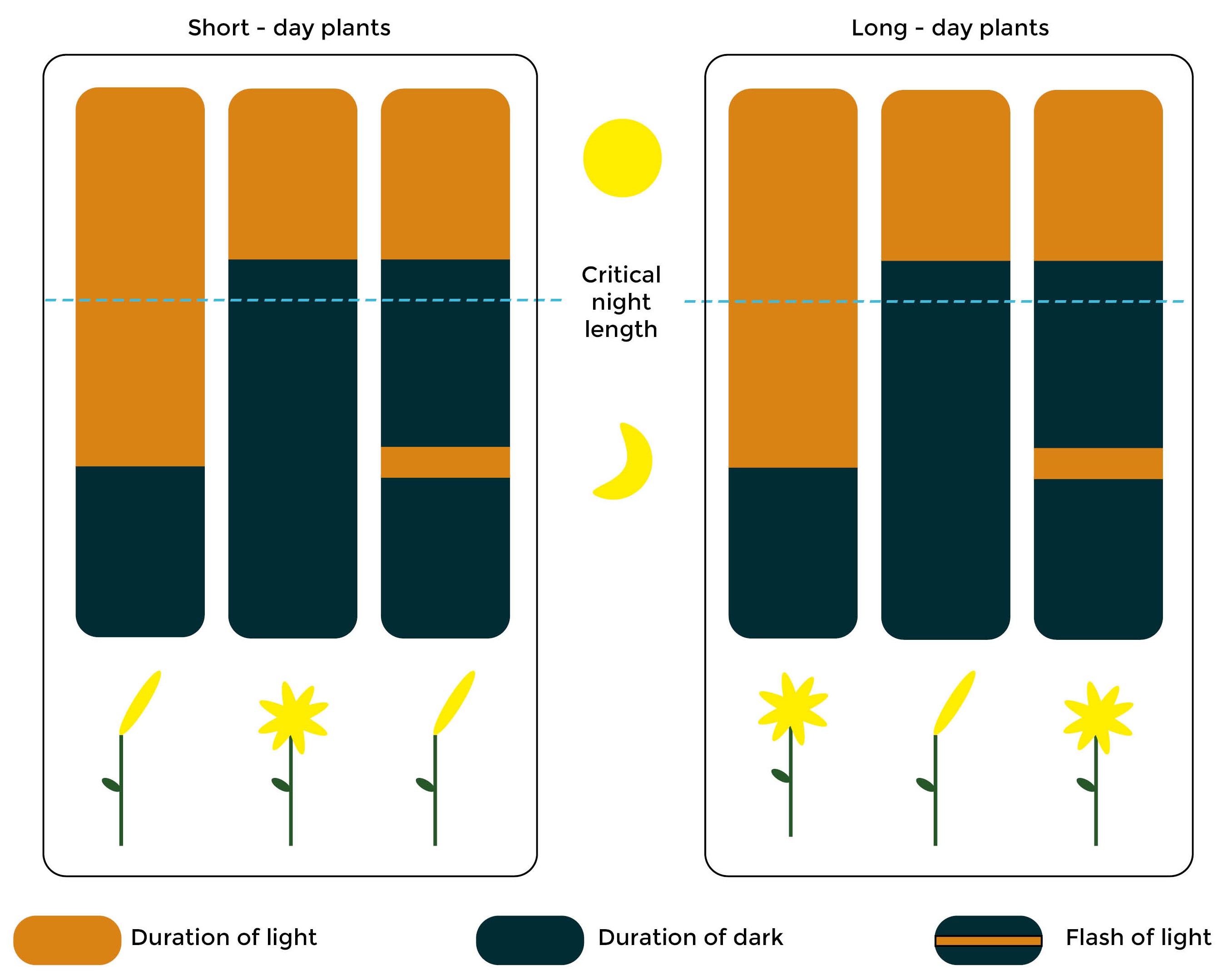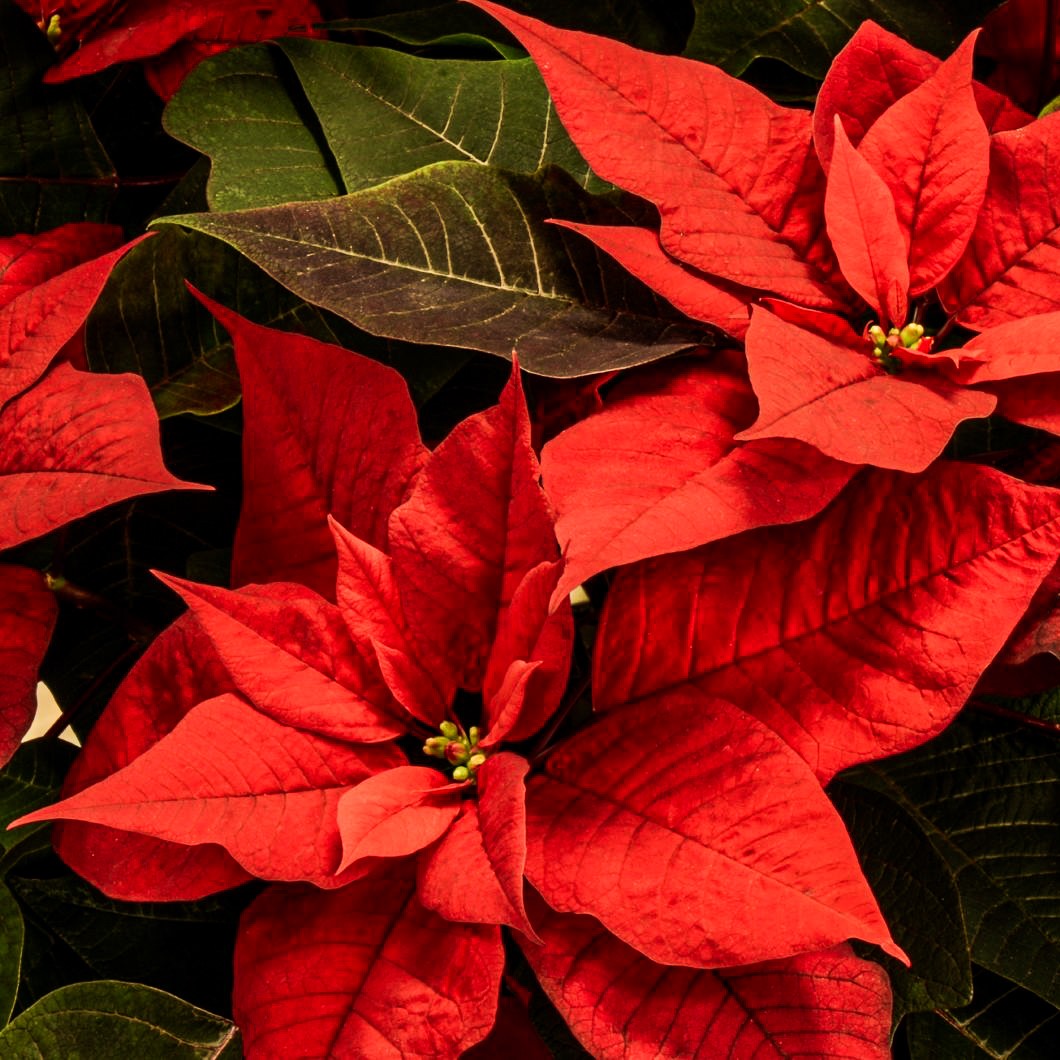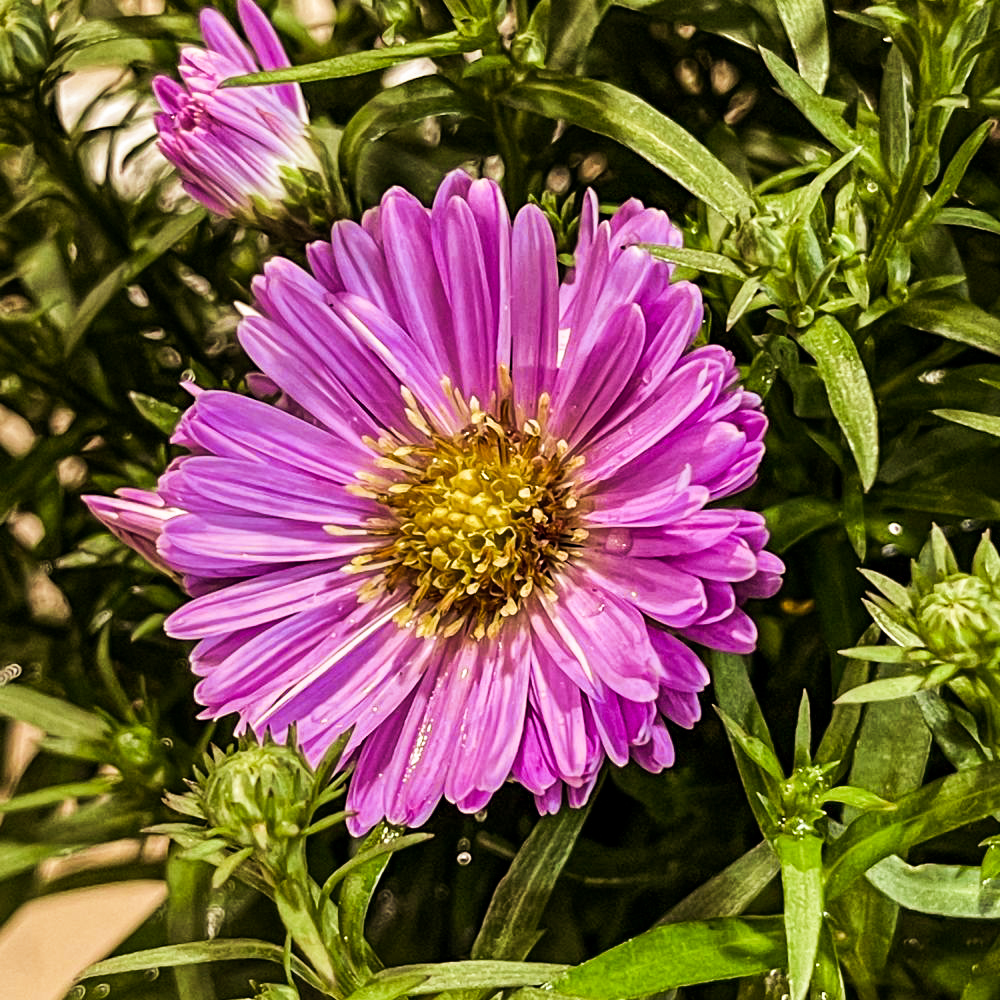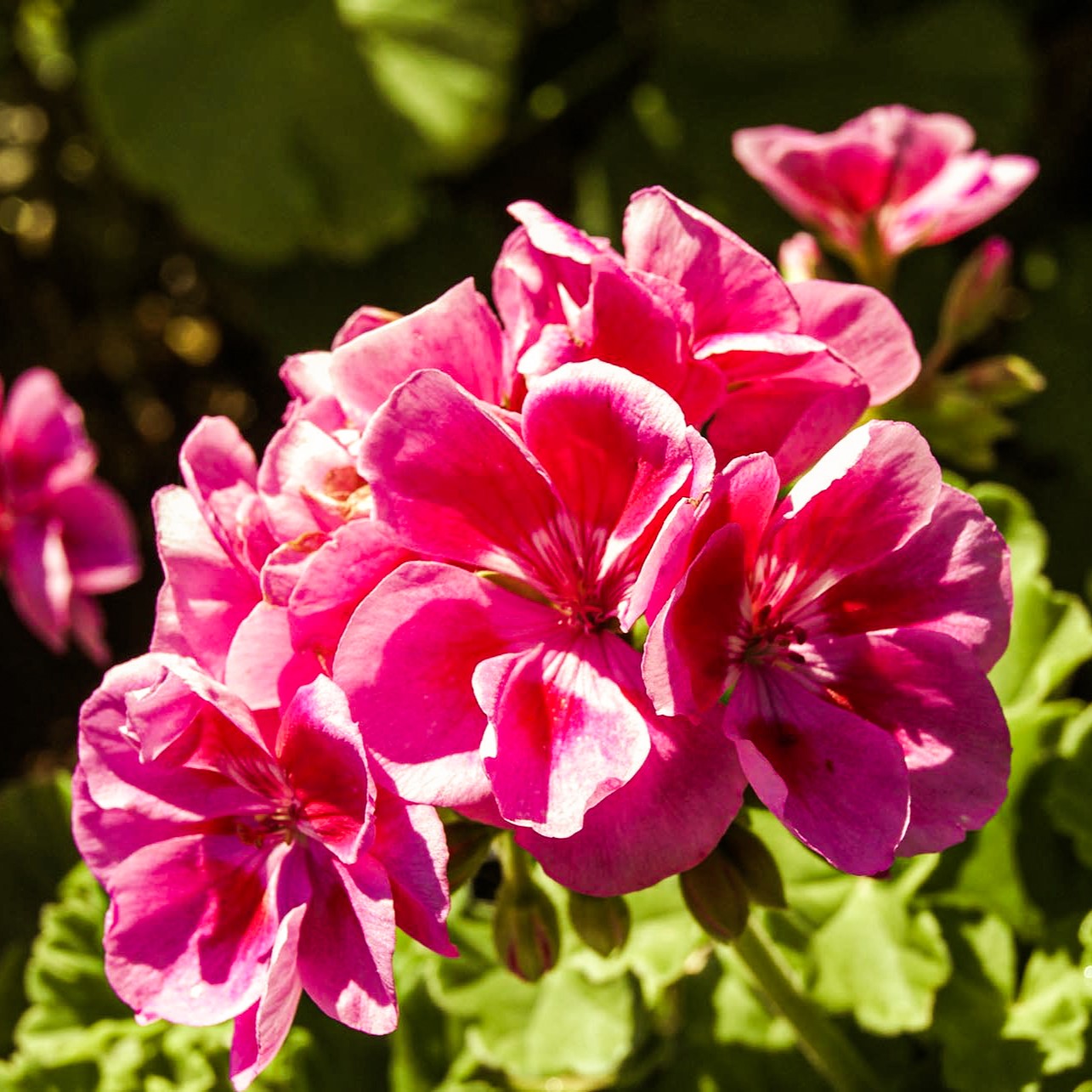Summer begins today and whilst you may be focussing on going on holiday, or planning day trips to the seaside, your flowers will be focusing on something different; how long the daylight lasts. Summer solstice gardening is an important concept when it comes to making sure flowers bloom properly.
Plants use the duration of the nights to cue the release of hormones for flowering and fruiting.
The behavioural responses of a plant to changes of duration in daily, seasonal, or yearly cycles of light and darkness, is called photoperiodism. Photoperiodic reactions can be reasonably predicted, but temperature, nutrition, and other environmental factors can also modify a plants response.

There are three different classifications of photoperiods:
Short-day plants
The Poinsettia is one of the most popular short – day plants.
Regularly seen at Christmas, the flowers begin to bloom when nights reach a minimum of 11 hours and 40 minutes.

Long-day plants
Asters are a great example of a long-day plant. They will flower constantly throughout the summer up until late September and are therefore the main flowers that provide late season nectar for pollinating insects and animals.

Day-neutral plants
Geraniums are a day-neutral plant.
They will grow properly regardless of how long the day or night periods are.

The first day of summer can usher in colourful blooms that make the sunshine special. While the summer solstice is usually too late to begin planting many things, it truly is never too late and by planting in the evening or on a cloudy day, most plants will do fine and will help create beautiful and vibrant crops that will carry you through to autumn.
